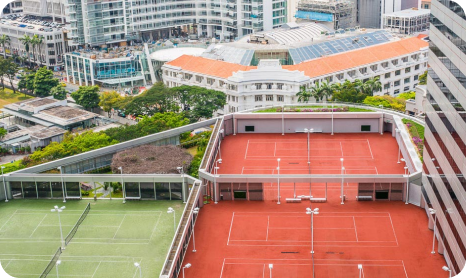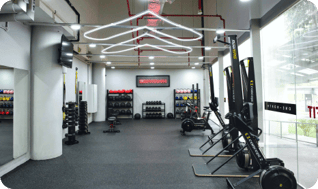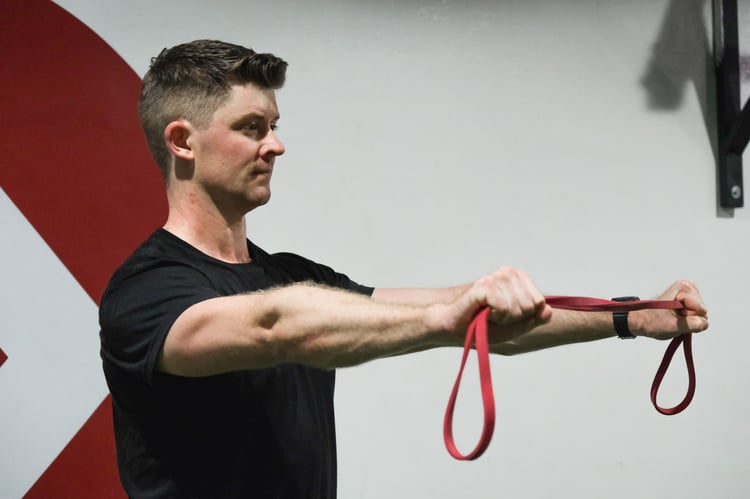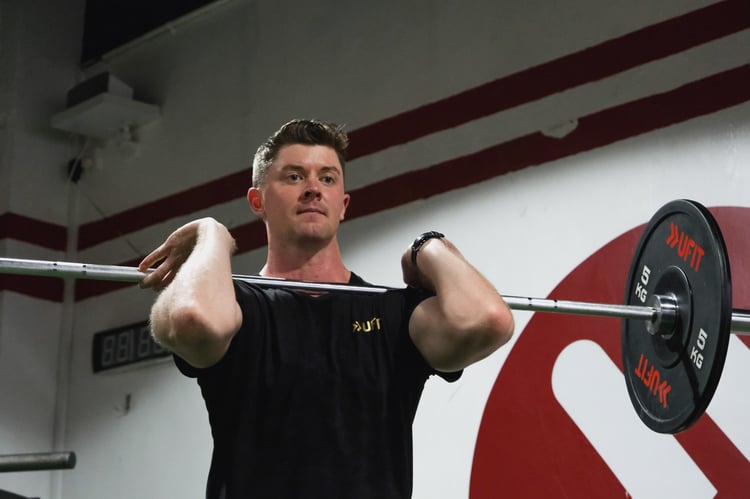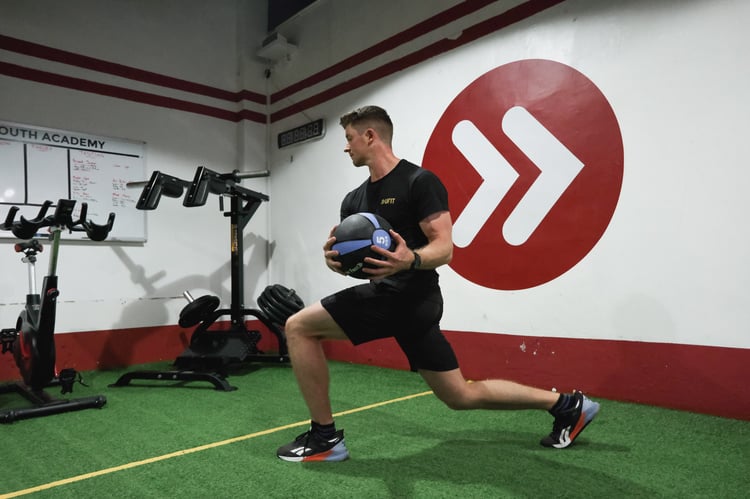With the advent of Tiger Woods and players wanting to bomb the ball miles, golf demands much more of golfers physically than ever before. While there's an abundance of equipment and training aids to help you improve your game, many tend to forget another important aspect of how to improve - your own body!
With the constant desire to improve our game and searching for that ‘extra 10 yards’ off the tee, the body needs to be mobile and strong enough to be able to handle the pressure and stress of the golf swing.
Increased distance and having a long and healthy golfing life are common goals for the majority of golfers, so it’s important that the correct foundations are put in place. These are –
- Mobility & Flexibility
- Core control and stability
- Strength
- Progression & Maintenance
Building your Foundation
1. Mobility & Flexibility
When I ask clients about their mobility and flexibility, there's usually a look of concern on their face as they know they have neglected these over the years.
Mobility and flexibility are not only key for individuals who play sports, but they're also a necessity in daily life. As we get older, simple tasks such as getting out of a chair or tying our shoes can become a physical challenge.
Mobility and flexibility are very different - it's not simply about asking: “Are you able to touch your toes?” Flexibility is about the lengthening of muscles, which isn't always necessary. On the other hand, mobility is more about the range of motion in the joints and having control through the different ranges of motion.
2. Core Control & Stability
Stability is the next link in the physical musculoskeletal chain when developing a well-functioning physique. Stability is the body’s ability to maintain control when it's moving into different loaded positions (e.g. loading into the backswing).
Generally, the areas that golfers need to focus on are the feet, hips, and shoulders.
These areas take a lot of strain during different phases of the golf swing. Not only do they need to be mobile enough to get into position, but also powerful enough to deliver force back into the impact position.
3. Strength
Whilst mobility, Flexibility and stability are all important, Strength is also of equal importance.
How many of us get to the back 9 and our game starts to deteriorate? We should be able to keep performing at our highest level for a longer period e.g. to play just as well on the 18th hole as we did on the 1st hole).
When strength training, the first aspect is to make sure we're working within our limits. Each fitness session is not another opportunity to hit new personal bests and a gym session should not stop you from playing golf for the next few days.
For each individual, there's a minimum level of strength that's required as a benchmark to start from when training. Think of the benchmark as the foundation of a building. If the foundation is poor, then it's just a matter of time until the structure breaks down and the building collapses. It's the same with our body, particularly when playing a rotational sport such as golf. The golf swing can be quite an aggressive movement on the lower back, knees, and shoulders. If the correct strength foundations aren't in place, then this can lead to aggravated injuries over time.
Being strong enough to support your body is not only essential in the golf swing but also in our daily lives. If mobility and strength are neglected, it can lead to constant nagging pains such as lower back/hip pain and upper back postural issues. All this can be avoided by implementing a simple yet effective exercise regime to keep your body strong and limber for years to come.
4. Progression & Maintenance
Once a base level of mobility, stability, and strength has been established, the hard work does not stop there. The human body's very good at adapting to change so it needs to constantly be challenged with harder and more demanding movements and exercises.
This would mean a progression of exercises. This can mean increasing the load in an exercise, say from a 10kg squat to 15kg squat; or challenging the body’s stability with a different set up (e.g. two legs to single-leg exercises or perhaps to moving the body in different planes of motion whilst performing an exercise).
This is why it's important to be under the watchful eye of a fitness professional or to follow a programme suitably designed with specific needs in mind. This is so the individual knows that the exercises and number of sets and reps prescribed are personalised for them depending on their gender, age, physical ability, playing ability, and their body limitations.
All of the areas mentioned above are what make strong foundations for any fitness program. Certain areas may be altered depending on the individual and their goals, however, the key aspects remain the same.
Once a suitable fitness program is in place, the benefits will reveal themselves in not only improving performance in golf but also in our daily lives. Soon you will see that performing simple tasks such as bending over to pick up a suitcase or sprinting for a connecting flight suddenly becomes easier.
How can UFIT help you with your game?
Charles Davies, Personal Trainer at UFIT, has vast experience coaching golfers of all levels, from aspiring juniors to professionals. If you're looking to improve your speed, strength, and mobility, then get in touch with us today!


.png?width=301&height=187&name=Website%20Navigation%20Images%20(3).png)

-1.jpg?width=1984&height=1196&name=UFIT%20Club%20Street%20Front%20(4)-1.jpg)

